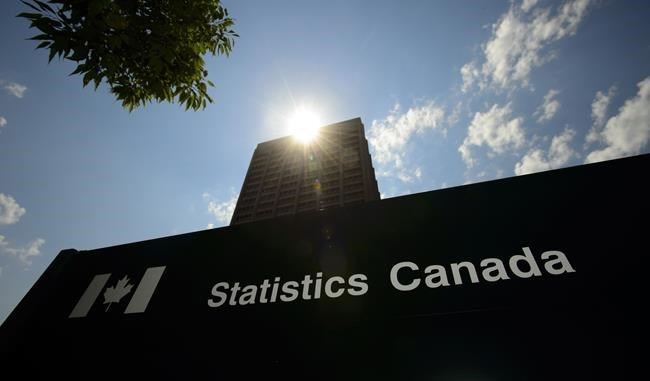OTTAWA — Status First Nations people in Canada have seen some improvement in several key aspects of daily life, Statistics Canada has found, citing gains in areas ranging from household income levels to internet access.
The agency's report, produced in collaboration with the Assembly of First Nations and released on Wednesday, studied how on- and off-reserve First Nations peoples are faring in areas like education, housing and employment and noted several examples of significant progress.
It also examined how that progress compares to the outcomes seen by non-Indigenous peoples.
Based on comparisons of the 2016 and 2021 census, Statistics Canada found high school completion rates have increased markedly for both on- and off-reserve First Nations peoples since 2016.
About 41.9 per cent of on-reserve status First Nations people aged 18 to 24 finished high school in 2016, but that figure had climbed to 52.2 per cent by 2021. For those living off-reserve, the figure jumped from 68.4 per cent to 73.3 per cent in the same period.
Graduation rates for non-Indigenous peoples in the same age range stood at 87.7 per cent in 2016 and 89.6 per cent in 2021.
The report found that nearly 60 per cent of status First Nations people aged 25 to 64 living on reserve have a high school diploma, compared to 78.2 per cent of those off reserve.
The proportion of people living in a low-income household also decreased since 2015, which Statistics Canada attributes to higher government transfers in 2020 that included COVID-19 pandemic relief measures.
About 46.7 per cent of on-reserve First Nations people were living in a low-income household in 2015, compared to 13.6 per cent of non-Indigenous peoples. Nearly 30 per cent of First Nations people living off-reserve were living in a low-income household.
But those statistics had dropped across the board by 2021, with figures falling to 31.3 per cent for status First Nations people, 19.8 per cent for those off-reserve and 10.7 per cent for non-Indigenous residents.
The agency also logged a spike in the number of Indigenous communities with access to high-speed internet.
Nearly half of households on-reserve had access to broadband services in 2019, up sharply from 32.3 per cent just a year earlier.
Despite the progress in several key areas, Statistics Canada found status First Nations peoples 15 years or older were more likely to report they had fair or poor mental health than non-Indigenous peoples, with those figures standing at 18.9 per cent and 11.3 per cent, respectively, in 2018.
Status First Nations peoples were also more likely to report experiencing homelessness in 2018 — 9.7 per cent compared to 1.9 per cent for non-Indigenous people.
And children remain significantly overrepresented in the child-welfare system.
In 2021, Statistics Canada reported there were 9,440 status First Nations children under the age of 15 in foster care. More than one in three foster children were status First Nations, despite making up just 3.5 per cent of the total under-15 population.
This report by The Canadian Press was first published Oct. 20, 2023.
Alessia Passafiume, The Canadian Press
Note to readers: This is a corrected story. A previous version incorrectly reported that in 2021, 53.3 per cent of on-reserve status First Nations people aged 18 to 24 had finished high school. It also incorrectly reported the year as 2019 for a statistic on the number of status First Nations people experiencing homelessness.



